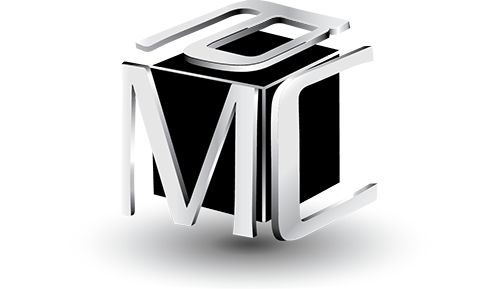
Through People


I was talking with an executive team about the high voluntary and involuntary turnover their organization was experiencing in recently filled leadership roles. The execs’ conclusion (or excuse) for the cause of the turnover was that the exiting leaders “just didn’t fit our culture.” They felt that they just needed to do a better job of hiring for cultural fit. The same organization has seen a decline in market share and earnings driven by increasing competition in their core markets. They were not keeping pace with product innovation or productivity improvements needed to stay competitive.
The irony of the situation completely escaped the execs; here was an organization with a culture that was not effective at driving innovation or process improvement but the leaders wanted to perpetuate that culture in their selection and promotion practices. Therein lies the major error in reasoning behind the Fallacy of Hiring for Cultural Fit. Hiring and promoting based on culture fit is only effective if you have a high-performing, aligned and integrated culture to start with.
Another factor in the Fit Fallacy is that I find that most leaders don’t have a clear understanding of organizational culture and the cultural components that drive revenue growth, returns, productivity, engagement and innovation. Leaders talk about their cultures being customer-driven, entrepreneurial, employee-first, etc. but often are not effective at articulating exactly what that means in daily practice. Or, more importantly, they have not clearly defined the leadership competencies associated with culture. Without a definition of the critical competencies, companies fall back on things like personality, gut feel or looking for candidates from companies with perceived “similar” cultures as selection criteria.
An additional component of the Fit Fallacy is that I seldom find that organizations have a homogenous culture. The culture in different units, functions or locations of the same organization can sometimes exhibit wildly different cultures. This is particularly true of businesses that have grown through acquisition or that have businesses in significantly different locations or markets. Even different departments in the same location and same business can exhibit different cultures due to varying leadership competence. So which culture should you try to fit? The remedies for the Fit Fallacy are not simple but have a high payoff in business performance.